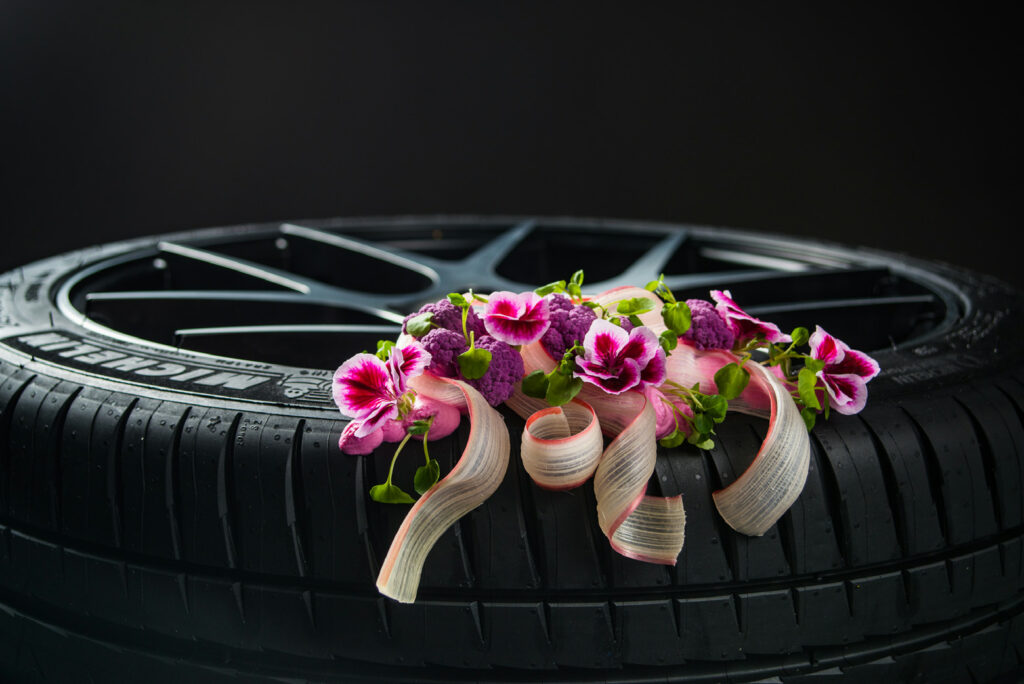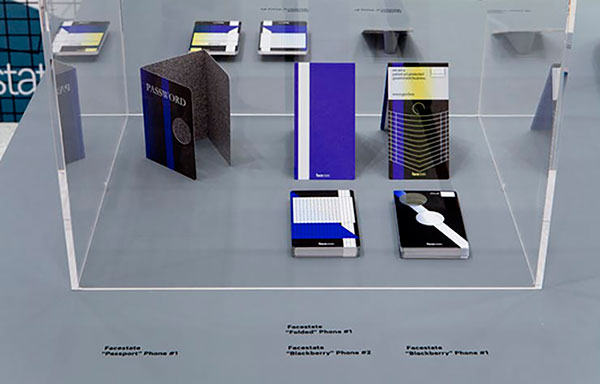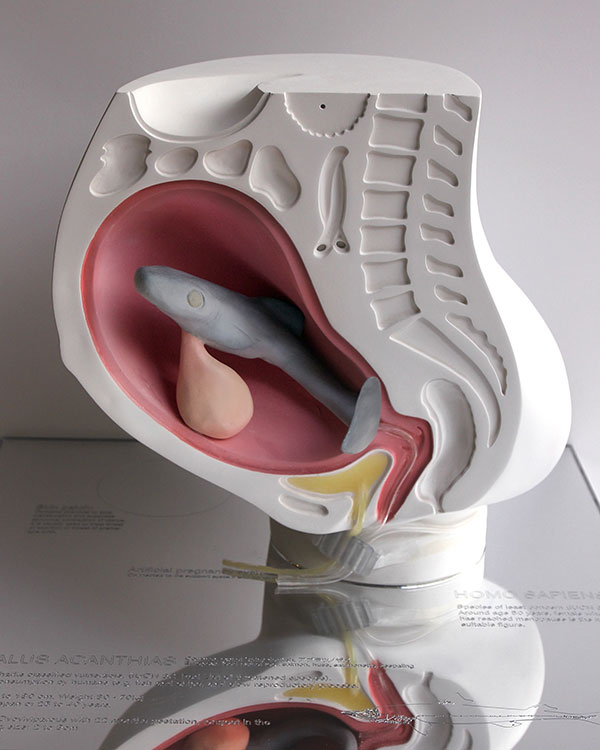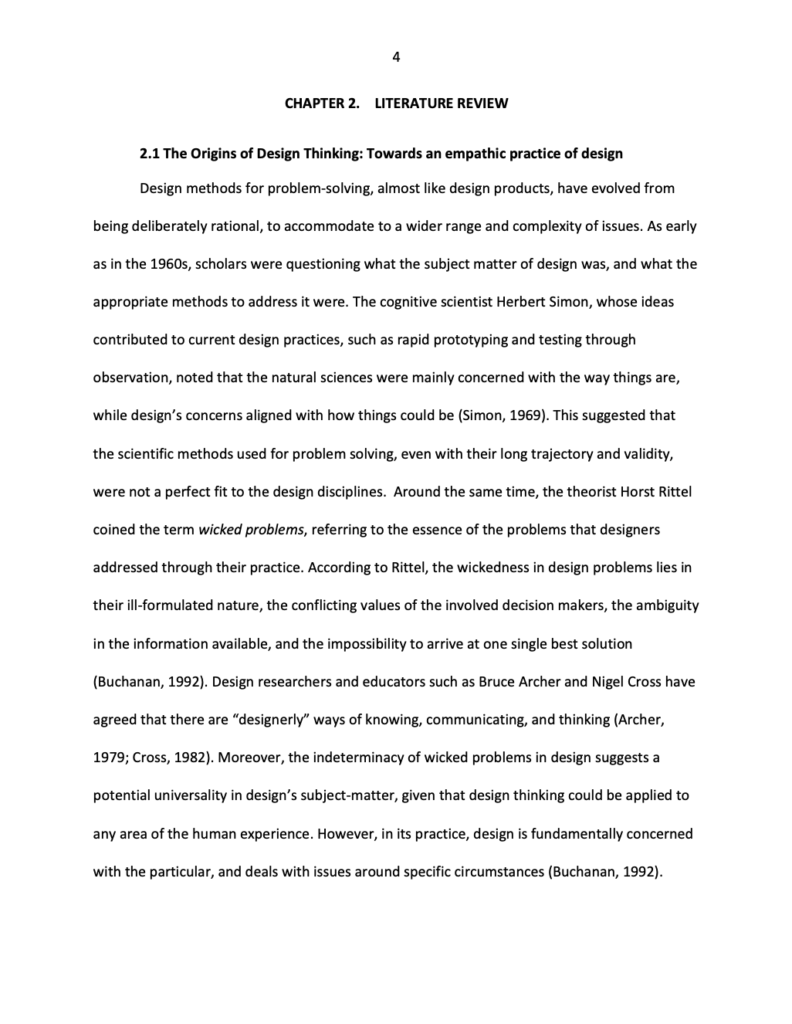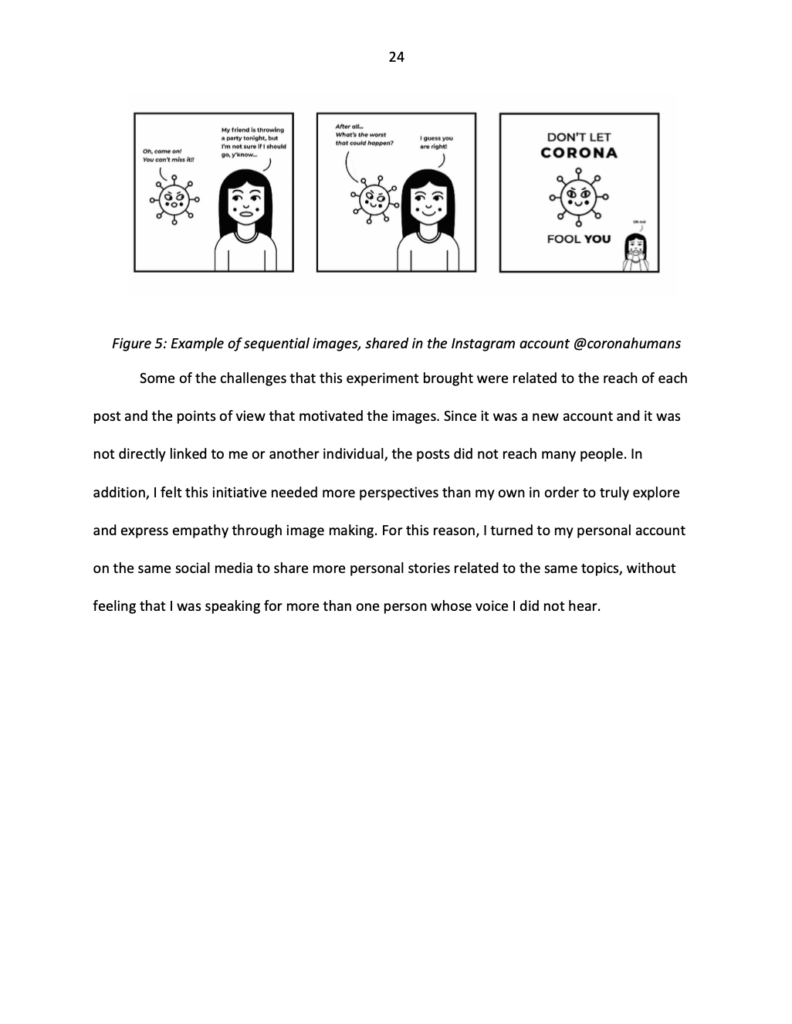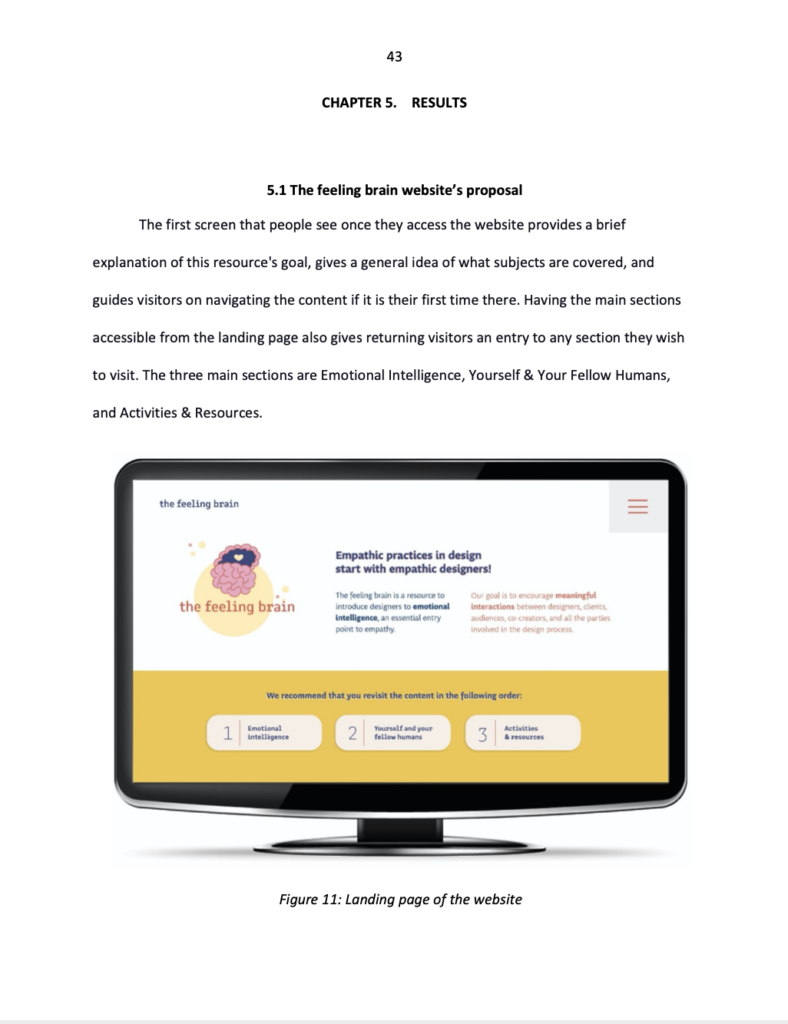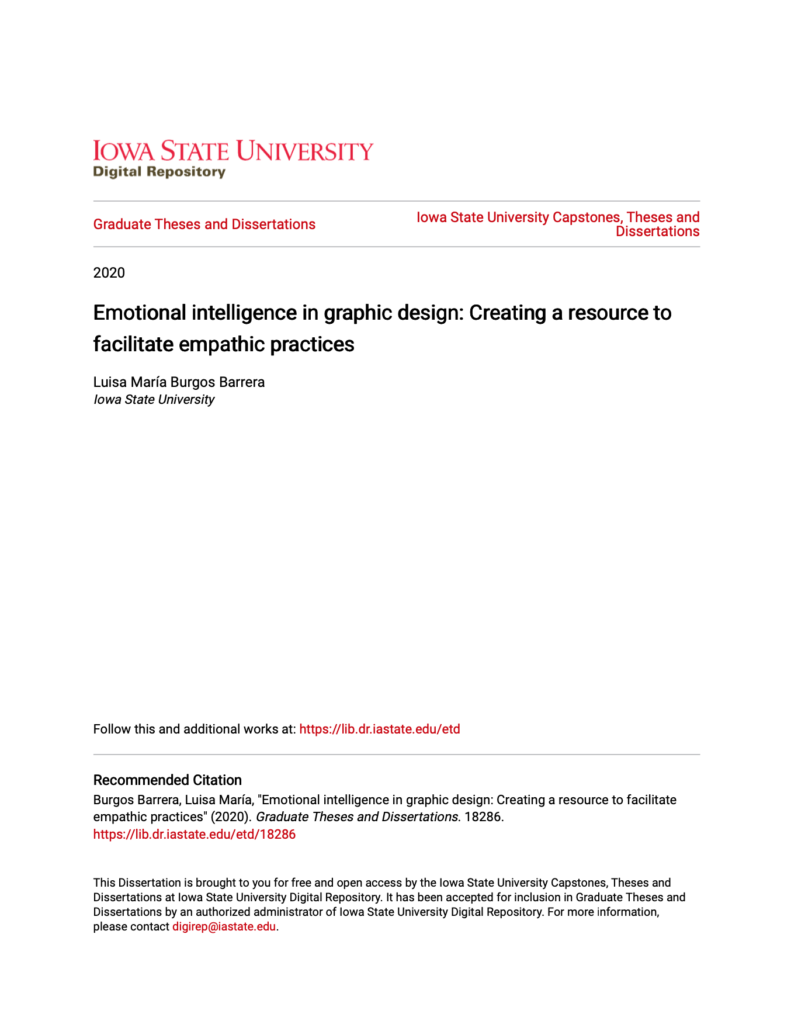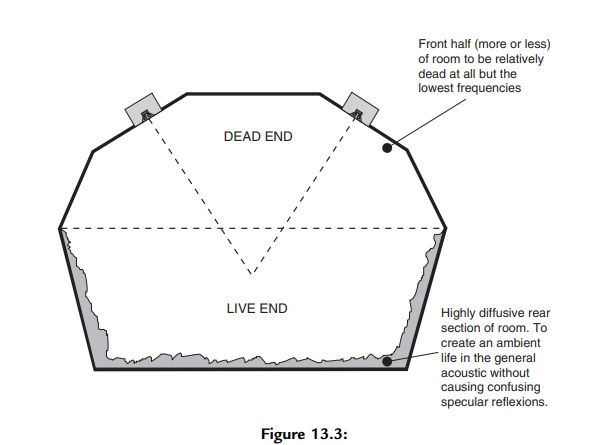Titel: Facilitating a Creative Growth Mindset: A Creative Process that Intergrates Gameplay with Maketools
Autor: Sasha Yu
Universität: Design Master – Ohio State University
Jahr: 2020
Sprache: Englisch
In der Masterarbeit von Sasha Yu geht es grundsätzlich um Kreativität und eine kreative Wachstumsmentalität, welche entscheidend für die Lösungen von immer komplexer werdenden Herausforderungen ist. Es geht außerdem darum, wie man seine Kreativität verbessern kann und welche wichtige Rolle es für die Leistung eines kreativen Menschens spielen kann. Außerdem beinhaltet diese Masterarbeit einen Spiel-Prototypen, welcher untersuchen den Prozess untersuchen soll, der eine kreative Wachstumsmentalität und die Kreativität selbst fördern könnte. Die Ergebnisse der Studien mit diesem Spiel-Prototypen zeigten eine positive Auswirkung des kreativen Selbstvertrauens und eine Verbesserung der kreativen Wachstumsmentalität. Das Spiel-Toolkit von Sasha Yu wurde von ihr aufgrund ihrer drei Studien, welche sie in ihrer Arbeit beschreibt, gestaltet und adaptiert. Das Ziel ihrer Arbeit war etwas zu gestalten, dass für alle Menschen im Alltag zugänglich sein könnte und die kreative Wachstumsmentalität der Menschen steigert.
Gestaltungshöhe
Die Masterarbeit ist sehr klassisch, eher wissenschaftlich gestaltet. Unterstützend für das Verständnis, hat die Studentin ergänzende Bilder eingebaut, die meiner Meinung nach die Arbeit auflockern und den Prozess der Studien besser beleuchten. Aus meiner Sicht könnte das Bildmaterial ,auch wenn die Masterarbeit möglicherweise nur ein klassisches Layout haben darf, besser gestaltet oder gewählt sein. Ich finde es in dieser Arbeit sehr schön, dass man die Gestaltung des Endprodukts, also des Spieles sieht. Aber auch hier wäre mein erster Tipp nicht, dass es sich bei der Autorin um eine Designstudentin handelt.
Innovationsgrad
Ich finde den Gedankengang und die Idee der Masterarbeit sehr gut. Es ist wirklich interessant zu lesen und sehr spannend, inwieweit das Thema der Kreativitätsförderung in ein Tool verwandelt wird. Ich finde das der Innovationsgrad hier sehr hoch ist, da ich zu Beginn nicht damit gerechnet hätte, dass der erste Gedankengang im Endeffekt auf eine sehr anwendbare und durchdachte Art ausgearbeitet und erforscht wurde.
Selbstständigkeit
In der Arbeit ist zwar vermerkt, dass die Betreuungsperson viele Hilfestellungen gegeben hat und auch andere Personen hatten Einfluss auf den theoretischen Teil der Arbeit. Dennoch wirkt es so, als wäre die Arbeit sehr selbständig geschrieben worden und vor allem auch bei den drei Studien merkt man, dass viel Aufwand und Herzblut darin steckt.
Gliederung und Struktur
Das Inhaltsverzeichnis gibt einen guten Blick über die Arbeit und ansonsten finde ich, ist die Masterarbeit sehr gut gegliedert. Sie hat auch einen Art dramaturgischen Aufbau. Es ist außerdem sehr angenehm und verständlich zu lesen. Was mir aufgefallen ist, dass die Zitate erst in der Literaturliste vorkommen und nicht im Fließtext eingebaut sind. Demnach ist es schwierig die Literatur zu den Textpassagen nachverfolgen zu können.
Kommunikationsgrad
Eigentlich ist die Arbeit sehr verständlich geschrieben und auch nachvollziehbar erklärt. Die gewählten Formulierungen sind nicht zu schwer verstehen. Nur muss man sich aus meiner Sicht ein bisschen einlesen, da ich anfangs beim Lesen des Abstracts nicht ganz verstanden habe, wie die Masterarbeit aufgebaut ist. Das Inhaltsverzeichnis hat dann sehr weitergeholfen, zu verstehen, in welcher Reihenfolge die Arbeit geschrieben und auch der praktische Teil gemacht wurde. Der Abstract war da leider nicht ganz förderlich geschrieben.
Umfang der Arbeit
Ich finde die Arbeit hat einen guten Umfang, obwohl die Gestaltung des Spieles und der eigene Designansatz mehr herausstechen könnte. Ich finde das mit den Studien eine sehr gute Idee und es ist eine gute wissenschaftliche Arbeit, da sie ihre Vermutungen auch wirklich durch Tests bestätigen lies. Außerdem gefällt mir, dass diese Arbeit nicht so wirkt, als wäre sie nur aus Büchern recherchiert, sondern auch mit einem hohen Anspruch an das Ausprobieren und Anfertigen eines Protypens gemacht wurde.
Orthographie sowie Sorgfalt und Genauigkeit
Bei der Sorgfalt und Orthographie gäbe es hier bestimmt noch ein bisschen Luft nach oben. Manche Statements wirken etwas vage und auch die Beschreibung der Studien könnte genauer sein. Es wirkt schon durchdacht aber manchmal enden die Erklärungen sehr abrupt.
Literatur
Es sind auf jeden Fall viel mehr Quellen angegeben, als ich anfangs dachte. Die Zitierweise ist hier natürlich anders, als die mir bekannte Form, dennoch wirkt es sehr korrekt. Nur wie schon vermerkt, fehlen mir die Zitate im Text, da die gesammelte Literaturliste schon ein bisschen zu umfangreich ist, falls man etwas nachschlagen möchte. Aber ohne Zweifel hat sich die Autorin sehr stark mit der gewählten Forschungsfrage auseinandergesetzt.
